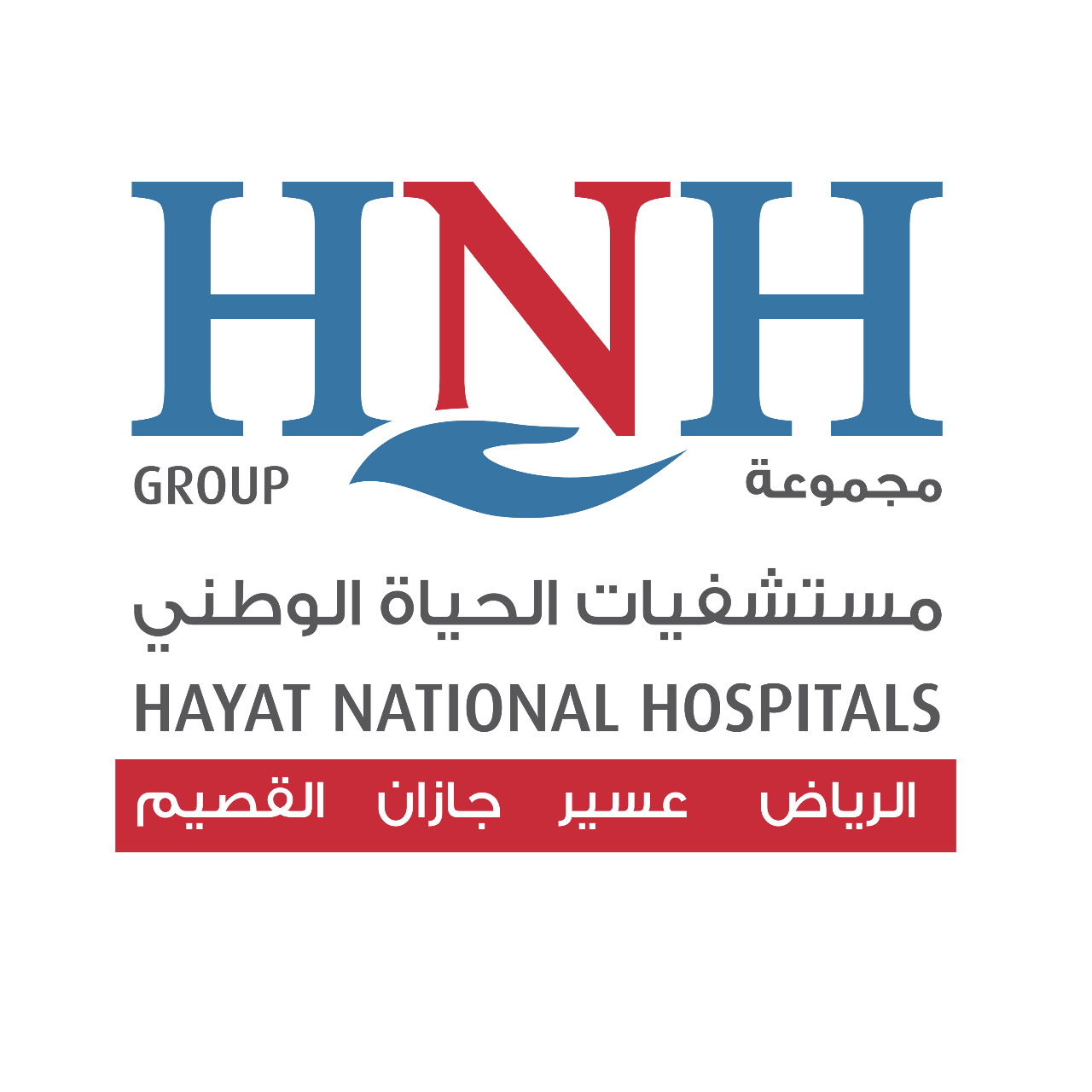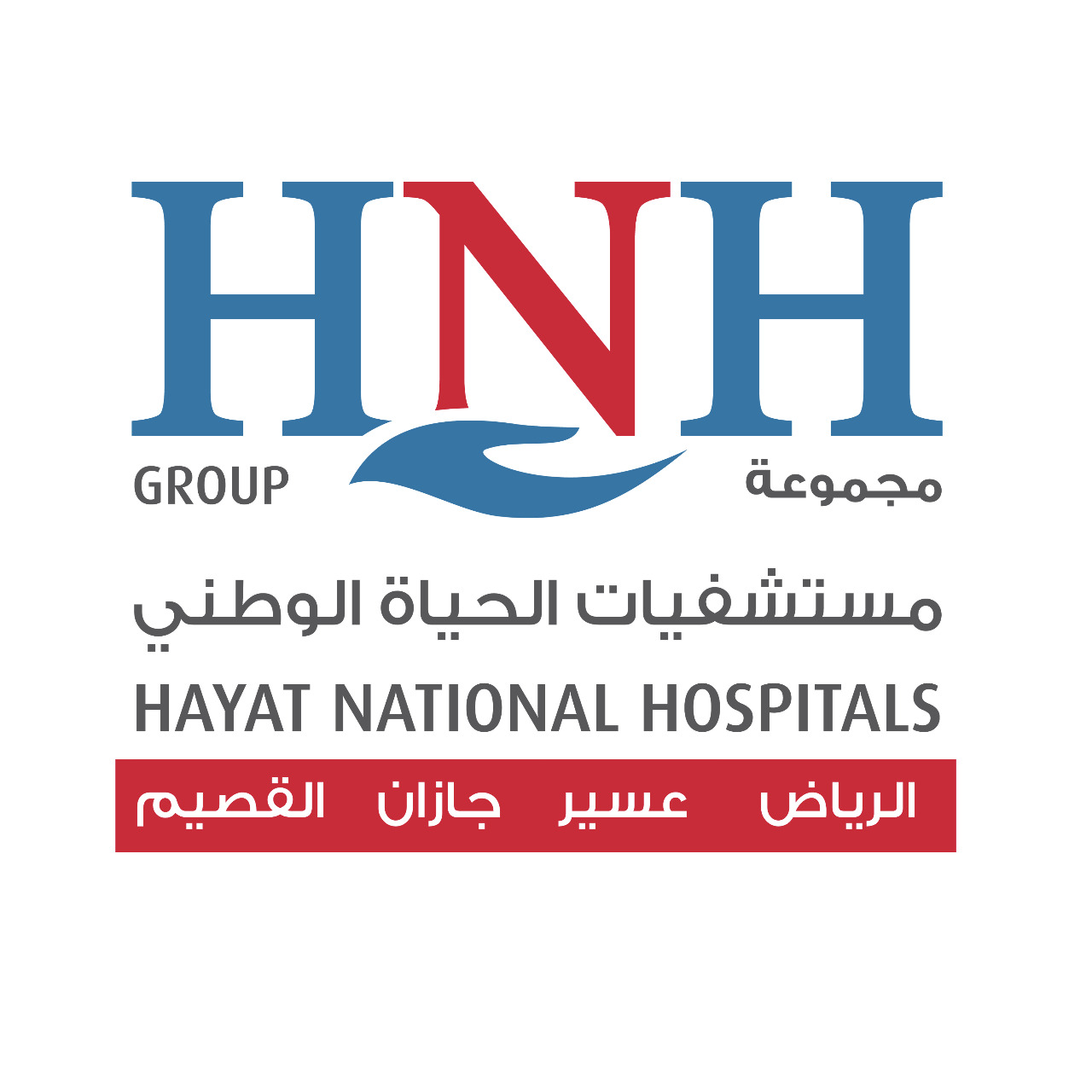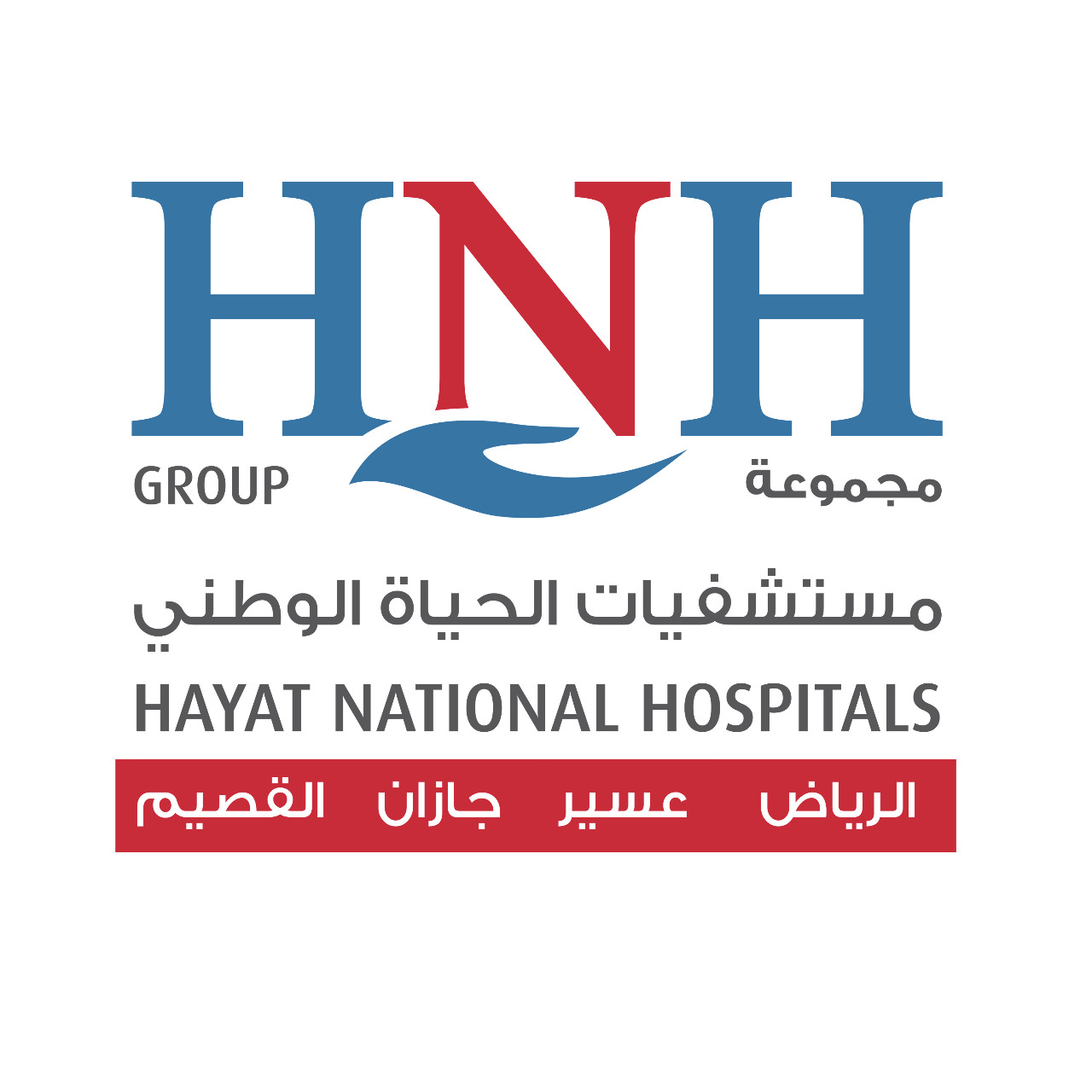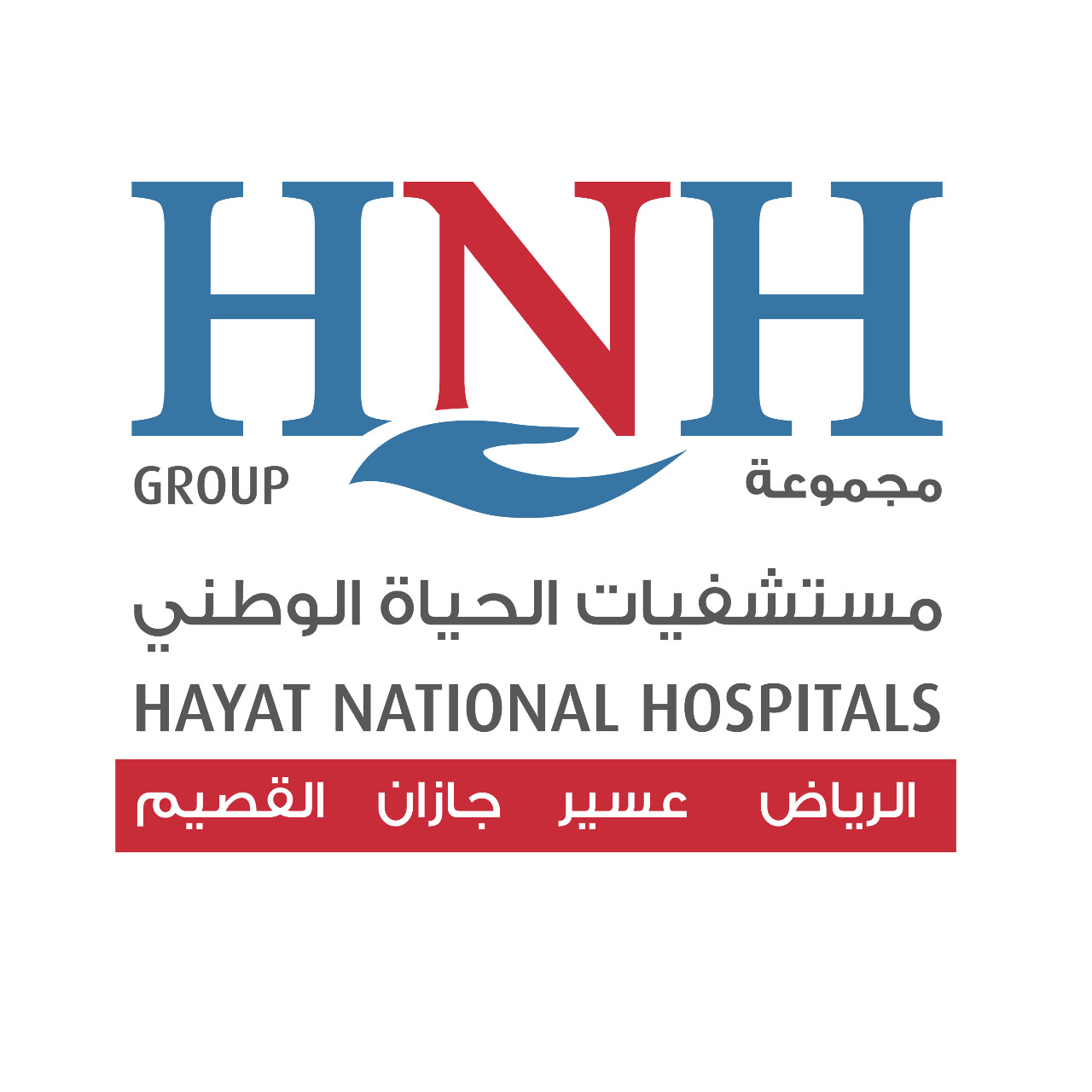Title Page
-
Conducted on
-
Prepared by
-
Location
- ORGANIZATION AND MANAGEMENT
-
Sedation and anesthesia services meet professional standards of practice and applicable local and national laws and regulations
-
Sedation and anesthesia services are available to meet patient needs
-
Sedation and anesthesia services are available for emergencies after normal hours of operation
-
Outside sedation and anesthesia sources are selected based on the recommendations of the leader of sedation and anesthesia services, acceptable records of performance, and compliance with applicable laws and regulations
-
There is a contract in place when outside sources for sedation and anesthesia services are used
-
Sedation and anesthesia services are uniform throughout the hospital
-
Sedation and anesthesia services are under the direction of one or more qualified individuals
-
Responsibilities for recommending outside sources of sedation and anesthesia services are defined and carried out
-
Responsibilities for monitoring and reviewing all sedation and anesthesia services are defined and carried out
SEDATION CARE
-
The administration of procedural sedation is standardized throughout the hospital
-
Standardization of procedural sedation includes identifying and addressing at least a) through e) in the intent. A. Areas in the hospital where procedural sedation may occur; B. special qualifications or skills of staff involved in the procedural sedation process; C. the differences between pediatric, adult, and geriatric populations or other special considerations; D. The immediate availability and use of specialized medical equipment, appropriate to the age and history of the patient; E. and The informed consent process for both the procedure and the use of sedation
-
Emergency medical equipment and supplies are immediately available and customized to the type of sedation being performed and the age and medical condition of the patient
-
An individual with advanced life-support training appropriate for the age and history of the patient is immediately available when procedural sedation is being performed
-
Health care practitioners responsible for providing procedural sedation are competent in at least a) through d) of the intent. A.techniques and various modes of sedation; B.pharmacology of sedation drugs and the use of reversal agents; C. monitoring requirements;D. and dresponse to complications
-
The individual responsible for patient monitoring during procedural sedation is competent in at least elements e) through h) in the intent. E. monitoring requirements; F.response to complications; G.use of reversal agents; and H. recovery criteria
-
Procedural sedation competencies for all staff involved in sedation are documented in the personnel files
-
There is a pre-sedation assessment performed and documented that includes at least a) through e) to evaluate risk and appropriateness of procedural sedation for the patient. A. identify any airway problems that may influence the type of sedation used; B. evaluate at-risk patients for appropriateness of procedural sedation; C. plan the type of sedation and the level of sedation the patient will need based on the procedure being performed; D. safely administer sedation; E.and Interpret findings from patient monitoring during procedural sedation and recovery
-
A qualified individual monitors the patient during the period of sedation and documents the monitoring
-
Established criteria are used and documented for the recovery and discharge from procedural sedation
-
The patient, family, and/or decision makers are educated on the risks, benefits, and alternatives of procedural sedation
-
The patient, family, and/or decision makers are educated about post procedure analgesia
-
A qualified individual provides and documents the education
ANESTHESIA CARE
-
A preanesthesia assessment is performed for each patient
-
A separate preinduction assessment is performed to reevaluate patients immediately before the induction of anesthesia
-
The two assessments are performed by an individual(s) qualified to do so and documented in the patient medical record
-
The anesthesia care of each patient is planned and documented in the patient’s medical record
-
The anesthesia agent, dose (when applicable), and anesthetic technique are documented in the patient’s anesthesia record
-
The anesthesiologist and/or nurse anesthetist and anesthesia assistants are identified in the patient’s anesthesia record
-
The patient, family, and/or decision makers are educated on the risks, benefits, and alternatives of anesthesia
-
The patient, family, and/or decision makers are educated, prior to the procedure being performed, about the options available for postoperative pain management
-
The anesthesiologist or another qualified individual provides and documents the education
-
The frequency and type of monitoring during anesthesia and surgery are based on the patient’s preanesthesia status, the anesthesia used, and the surgical procedure performed
-
Monitoring of the patient’s physiological status is consistent with professional practice
-
The results of monitoring are documented in the patient’s medical record
-
Patients are monitored during the postanesthesia recovery period
-
Monitoring findings are documented in the patient’s medical record
-
Patients are discharged from the postanesthesia unit (or recovery monitoring is discontinued) in accordance with the alternatives described in a) through c) in the intent. alternative ways: A. The patient is discharged (or recovery monitoring is discontinued) by a fully qualified anesthesiologist or other individual authorized by the individual(s) responsible for managing the anesthesia services. B.The patient is discharged (or recovery monitoring is discontinued) by a nurse or similarly qualified individual in accordance with post-anesthesia criteria developed by hospital leadership, and the patient’s medical record contains evidence that criteria are met. C. The patient is discharged to a unit that is capable of providing post-anesthesia or post-sedation care of selected patients, such as a cardiovascular intensive care unit or neurosurgical intensive care unit, among others
-
Time recovery is started and time recovery phase is complete are recorded in the patient’s medical record
-
The assessment information used to develop and to support the planned invasive procedure is documented in the patient’s medical record by the responsible physician before the procedure is performed
-
Each patient’s surgical care is planned based on the assessment information
-
A preoperative diagnosis and the planned procedure are documented in the patient’s medical record prior to the procedure
-
The patient, family, and decision makers are educated on the risks, benefits, potential complications, and alternatives related to the planned surgical procedure
-
The education includes the need for, risks and benefits of, and alternatives to blood and blood-product use
-
The patient’s surgeon or other qualified individual provides and documents the education
-
Surgical reports, templates, or operative progress notes include at least a) through g) from the intent
-
A. postoperative diagnosis;B. name of operative surgeon and assistants; C.procedures performed and description of each procedure findings; D. perioperative complications; E.surgical specimens sent for examination; F.amount of blood loss and amount of transfused blood; and g) date, time, and signature of responsible physician
-
The hospital identifies information that may routinely be recorded in other specific areas of the medical record
-
The surgical report, template, or operative progress note is available immediately after surgery before the patient is transferred to the next level of care
-
The postsurgical care provided by medical, nursing, and others meets the patient’s immediate postsurgical needs
-
The continuing postsurgical plan(s) is documented in the patient’s medical record within 24 hours by the responsible surgeon or verified by a co-signature from the responsible surgeon on the documented plan entered by the surgeon’s delegate
-
The continuing postsurgical plan of care includes medical, nursing, and others as needed based on the patient’s needs
-
When indicated by a change in the patient’s needs, the postsurgical plan of care is updated or revised based on the reassessment of the patient by the health care practitioners
-
The hospital’s surgical services identify the types of implantable medical devices that are included within its scope of services
-
Policies and practices include a) through g) in the intent. A.the selection of devices based on current science and research; B.ensuring that implants are present in the operating theatre;C. the qualifications and training of any outside technical staff required during the implant procedure (for example, the manufacturer’s representative who may be required to calibrate the device); D. the reporting process for implantable device-related adverse events; E.the reporting of implantable device malfunctions to regulatory agencies; F.unique infection control considerations; and G. any special discharge instructions for the patient
-
The hospital has a process for tracing implantable medical devices
-
The hospital develops and implements a process for contacting and following up with patients in a defined time frame after receiving notification of a recall of an implantable medical device









